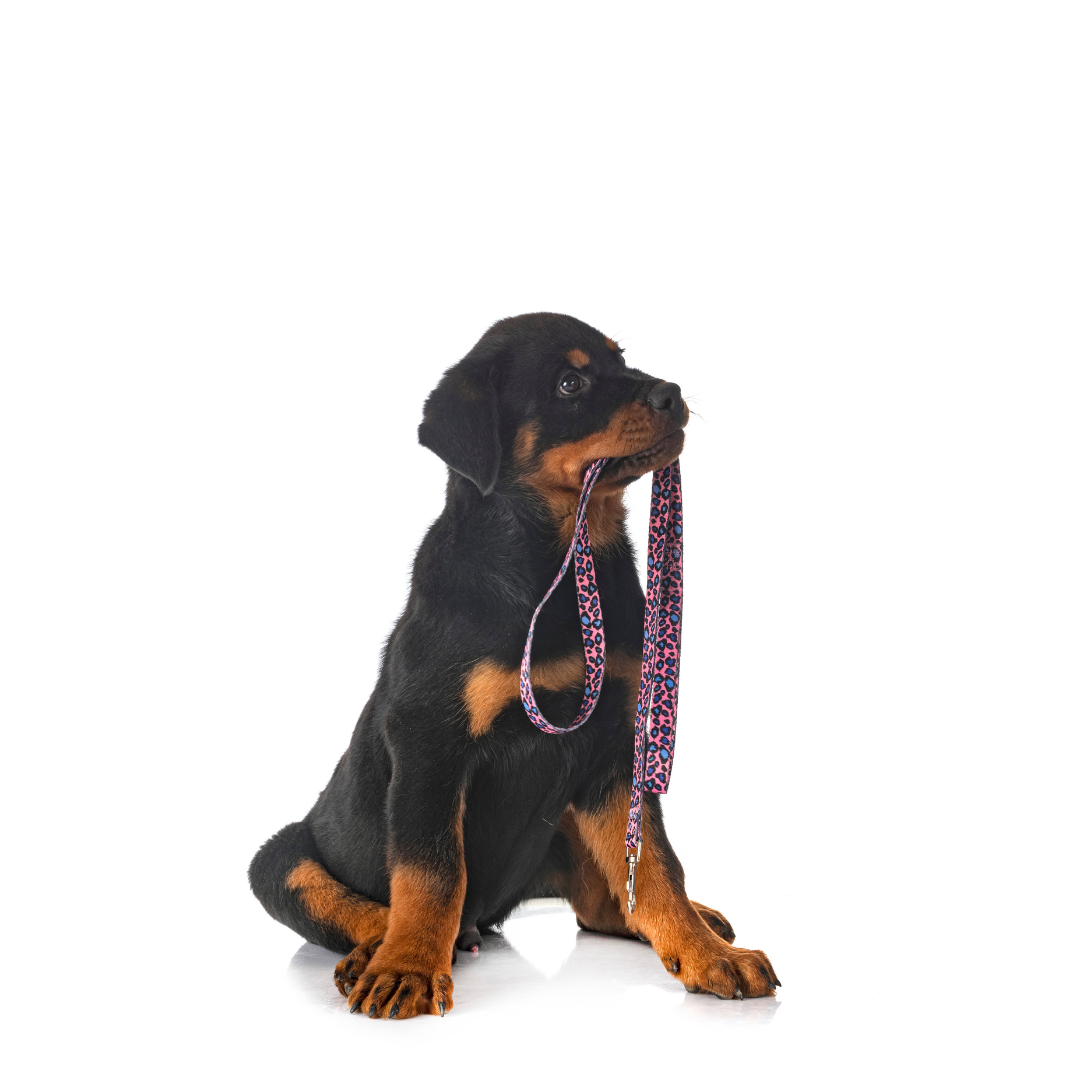
3 minute read
Mastering Leash Handling
Dr. Ruben Castro
Does your dog pull on the leash, zigzag in front of you, or suddenly stop and refuse to move? Leash handling isn’t just about keeping your dog cl. It’s about establishing a clear and respectful line of communication. Much like a rider guides a horse with reins, a leash helps you direct your dog’s movements, set boundaries, and reinforce proper walking behavior. When used correctly, the leash becomes a powerful tool for communication, not just control.
Essential Leash Handling Tips
• Positioning Matters: Your dog’s collar or slip lead should sit high on the upper part of its neck for better control and guidance.
• Maintain Gentle Tension: Keep a slight but steady tension on the leash to prevent it from slipping lower on the neck.
• Consistent Walking Side: Walk your dog on the side that feels most comfortable for you, ensuring they stay on that side throughout the walk.
• Match Your Pace: If your dog moves too fast or lags behind, use the leash to guide them back to your desired walking speed.
• Prevent Unwanted Crossings: If your dog tries to cross behind or in front of you, block the movement by keeping your hand steady and close to your side.
• Correct Unwanted Behavior Promptly: If your dog lunges, pulls, or barks excessively, a quick and firm tug on the leash can serve as a correction, similar to how a mother dog would use a nip to teach proper behavior.
Leash Training for Puppies
Keeping young puppies leashed at all times, except when created, can be incredibly effective for training. Wearing a leash will get them used to it, and they will not see it as negative when you walk them for the first time. If your pup misbehaves, simply stepping on the leash allows you to regain control without chasing or grabbing them. This consistent reinforcement helps build discipline and ensures they understand your expectations from an early age.
Balancing Correction with Positive Reinforcement
While leash corrections are essential for guiding behavior, positive reinforcement is just as important. Praise your dog or offer a small treat when they walk calmly by your side. This creates an association between good leash behavior and rewards, making walks more enjoyable for both of you. The goal isn’t just for them to listen to. It’s building a trusting and respectful relationship.
With patience, consistency, and the proper techniques, mastering leash handling can transform walks into a stress-free and enjoyable experience for you and your dog. Using the leash as a communication tool rather than just a restraint will establish leadership while ensuring your furry companion feels secure and confident in your guidance. There are many types of leashes to choose from, so I recommend taking your dog to the pet store to see which one feels better on your dog and which allows you to have a comfortable grip. Lastly, a fancy leash is not necessarily a good one. Always test it before buying it.










